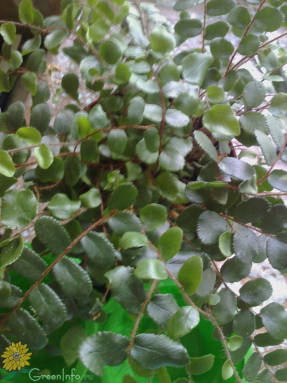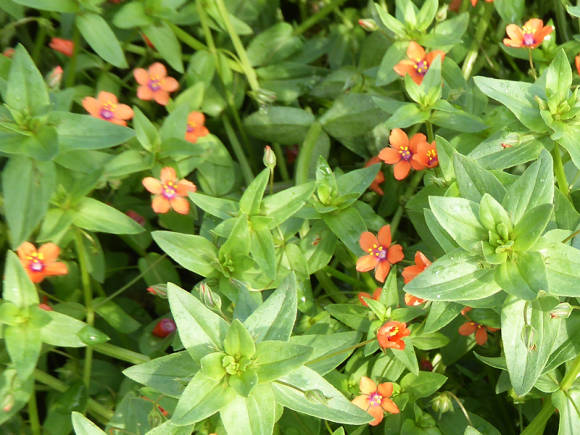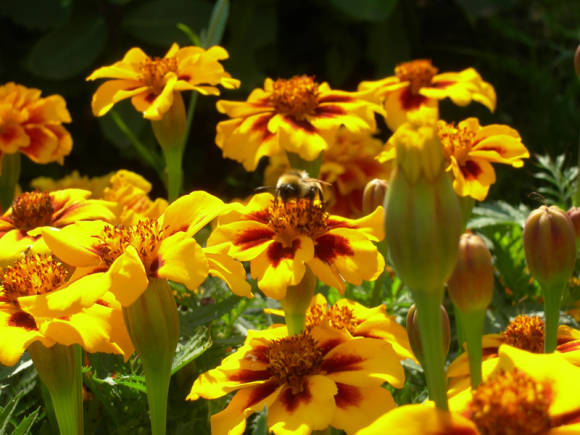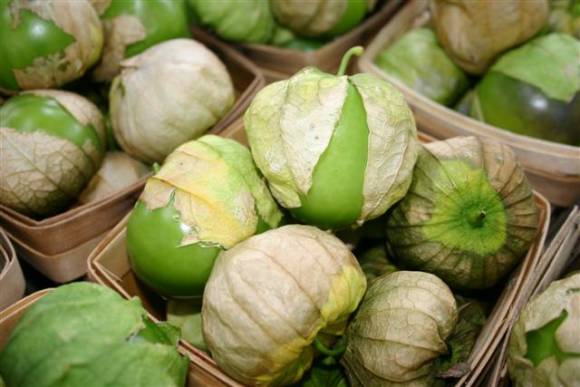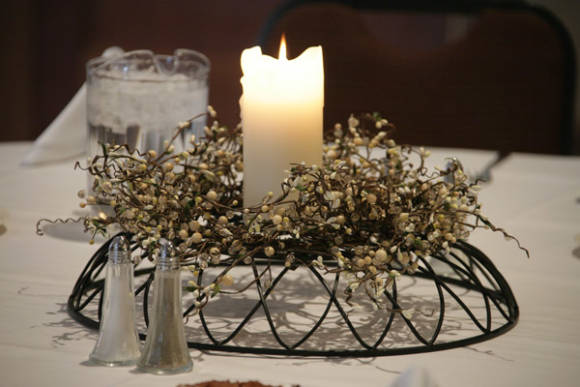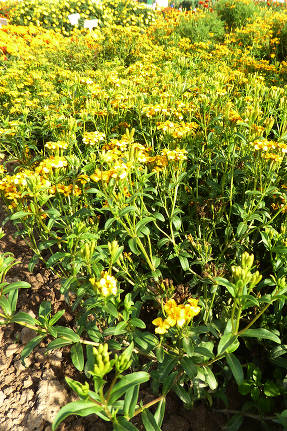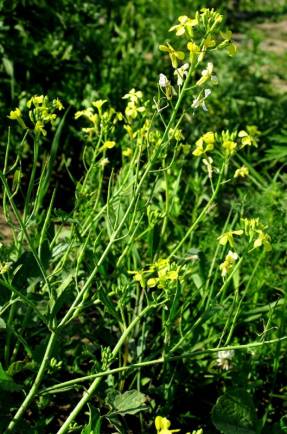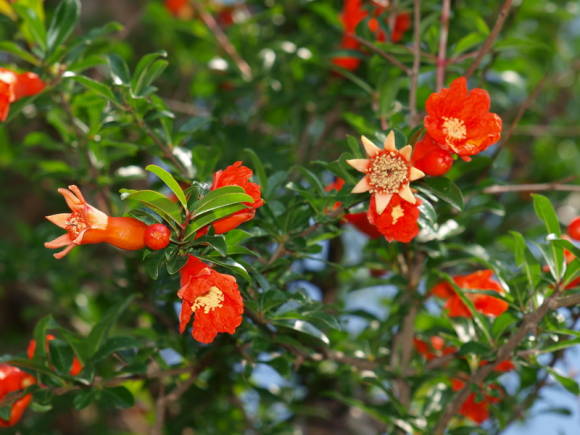 The heyday of interest in forcing hyacinths began in the 18th century, during the time of Madame de Pompadour, when more than 2000 varieties were already bred. The hyacinths were driven out in the spring in glass vessels, which are still sold today along with the bulbs prepared for forcing. And by the beginning of the 20th century, the Dutch florist Dames had learned to cause hyacinths to bloom by the end of December.
The heyday of interest in forcing hyacinths began in the 18th century, during the time of Madame de Pompadour, when more than 2000 varieties were already bred. The hyacinths were driven out in the spring in glass vessels, which are still sold today along with the bulbs prepared for forcing. And by the beginning of the 20th century, the Dutch florist Dames had learned to cause hyacinths to bloom by the end of December. Blooming hyacinths in pots can now be purchased starting in November. And for the spring holidays, a great variety of them are sold! Only really good quality flowers are rare. Much more spectacular and long-lasting flowering can be achieved independently, knowing the simple rules for distilling hyacinths from bulbs.
Preparation of planting material
Bulbs with a diameter of 17/18, 18/19 are suitable for forcing, sometimes 19+ cm are on sale - this is the best option. Smaller bulbs - 16/17, 15/16 (usually packaged for sale), will also bloom, but they will not give a dense inflorescence sultan, but will get off with several flowers, resembling in appearance rather the Spanish scilla. But to obtain cut and such bulbs are used in industrial cultivation.
By forcing hyacinth to bloom at an unusual time for it, you must create conditions for it to go through all the stages of development that it passes in the open field.

Purchased bulbs have already received all the necessary training, so it is important to simply store them correctly before planting - in a well-ventilated place, in the dark, at + 17 ° C.
Own planting material can also be used by selecting bulbs of specified sizes for forcing. But they require several stages of preliminary preparation.
For early distillationhyacinths (in November-December, by the New Year) bulbs in central Russia are dug up early, from June 20 to July 5, and dried at elevated temperatures (+ 30 + 34 ° C) and humidity 70-80% to set flower buds. After 2 weeks, the temperature is lowered to + 25 + 26 ° C for 3 weeks. In the future, they are stored at a temperature of + 17 + 20 ° C in a well-ventilated room, laid out in boxes with a mesh bottom. The humidity of the air should not be very high, otherwise signs of penicillosis appear on the surface of the scales - not too dangerous, but undesirable fungal disease.
For forcing medium and late hyacinths (in January-February, by March 8, and until April) the bulbs are dug a week later, heated at a lower temperature, + 25 + 30 ° C, for 2 months, then stored at + 17 ° C until planting.
This should be followed by a period of cooling the bulbs at a temperature of +9 degrees for 10-14 weeks for rooting. If you plan on distilling for a specific date, we recommend using the table below. By adding up the warm-up time to the cool-down time in reverse order, you can more accurately determine the planting date and the possibility of forcing.
Forcing term | Boarding time | Temperature during cooling | Period cooling | Temperature during forcing | Period distillation | Varieties |
Early (XII) | c 1.X | + 90C | 10-14 weeks | + 15 + 220С | 3 weeks | Anna Marie Bismarck Blue Magic Delft Blue Innosens Marconi Pink Pearl Fondant Jan Bose |
Average (I-II) | c 1.X | + 90C | 10-14 weeks | + 15 + 220С | 3 weeks | Amethyst Bluejint Blue Jacket Blue Sky Gypsy Queen Carnegie Lady Derby Orange Bowin White Pearl and all earlier varieties |
Late (III-IV) | from 15.X | + 5 + 90C, from 1.I - reduced to + 50C | 12-16 weeks | + 15-170C | 3-4 weeks | Anna Lisa Woodstock City of Harlem Hollyhock and all earlier varieties |
It is advisable to select varieties in accordance with the timing of flowering. For example, for early forcing, use only those recommended for winter forcing, and for mid-term forcing, avoid late varieties that will develop long leaves and give ugly inflorescences.Not very good quality potted hyacinths will be obtained from early varieties at a later date, they will lose their compactness and stretch a lot, if the planting and rooting dates are not delayed.
The temperature conditions during the various stages of the preparation of the bulbs must be observed as closely as possible. Violation of storage conditions before planting and the cooling period is often accompanied by curvature of the peduncles and the appearance of uncolored flowers at the top of the inflorescence during forcing.
Planting hyacinths for distillation

The best quality of flowers is obtained when growing hyacinths one by one in pots or individual containers measuring at least 9x9x10 cm, or 3 each. in standard pots with a diameter of 12-15 cm, almost close to each other. If you want to get a lush simultaneous flowering of all bulbs, do not plant hyacinths of different varieties together - they may not bloom at the same time and have a different habit - one will be longer and looser, the other denser and stocky. Or they need to be planted a lot, 7-9 in one wide pot. But it is better to compose a composition of already blooming hyacinths grown in individual containers. The surface of the substrate can be decorated with sphagnum, colored stone chips, synthetic fibers or other floristic fillers.
In old books, there are recommendations that to create compositions, including with other flowering bulbs, hyacinths are driven out in boxes, then the substrate is cut into cubes with flowering hyacinths, and planted in pots. This method is economical, but has one significant drawback - the roots of hyacinths are very long, up to 20 cm, and are severely damaged during cutting, which affects the quality of the replacement bulb. It can be used if you are considering the bulbs as disposable material.

Finally, about the actual landing. Sand is poured into the bottom of the pot or box with a layer of 2-3 cm as drainage. The planting substrate can be made up of a mixture of peat and sand, compost and sand, with the addition of rotted sawdust. To deoxidize the soil, it is a good idea to add dolomite flour.
Before planting, the baby on the bulb is separated, since they only take away part of the bulb's reserves. When planting, the bulbs are buried 2/3 of the height, leaving the crown on the surface in order to avoid rotting of the growth bud, watered abundantly with a 0.2% solution of calcium nitrate (it will make the peduncles stronger) and put in the dark for cooling - in the basement, warm garage, refrigerator , glazed loggia with a temperature corresponding to + 90C. For the planned spring forcing, the temperature from January 1 is reduced to + 2 + 5 ° C, otherwise the shoots will outgrow.
During the cooling period, it is necessary to monitor the moisture content of the substrate - it should not dry out, otherwise the bulbs rise on the growing roots and often fall to one side. At the same time, the roots dry out, acquiring a brownish tint. In an industrial setting, special pillows or gratings are laid on plantings, but at home you will have to carefully correct them by hand or add a substrate so as not to damage the fragile roots.

With an optimal indoor humidity of 90-95%, only one watering is required for the whole winter, approximately at the end of December-beginning of January, with late distillation - 2 waterings. Early forcing may not be necessary at all.
A sign of the readiness of plants for attachment is the extension of a leaf cone 10-12 cm high, at the base of which a cone-inflorescence is felt, and the beginning of the opening of the leaves.
